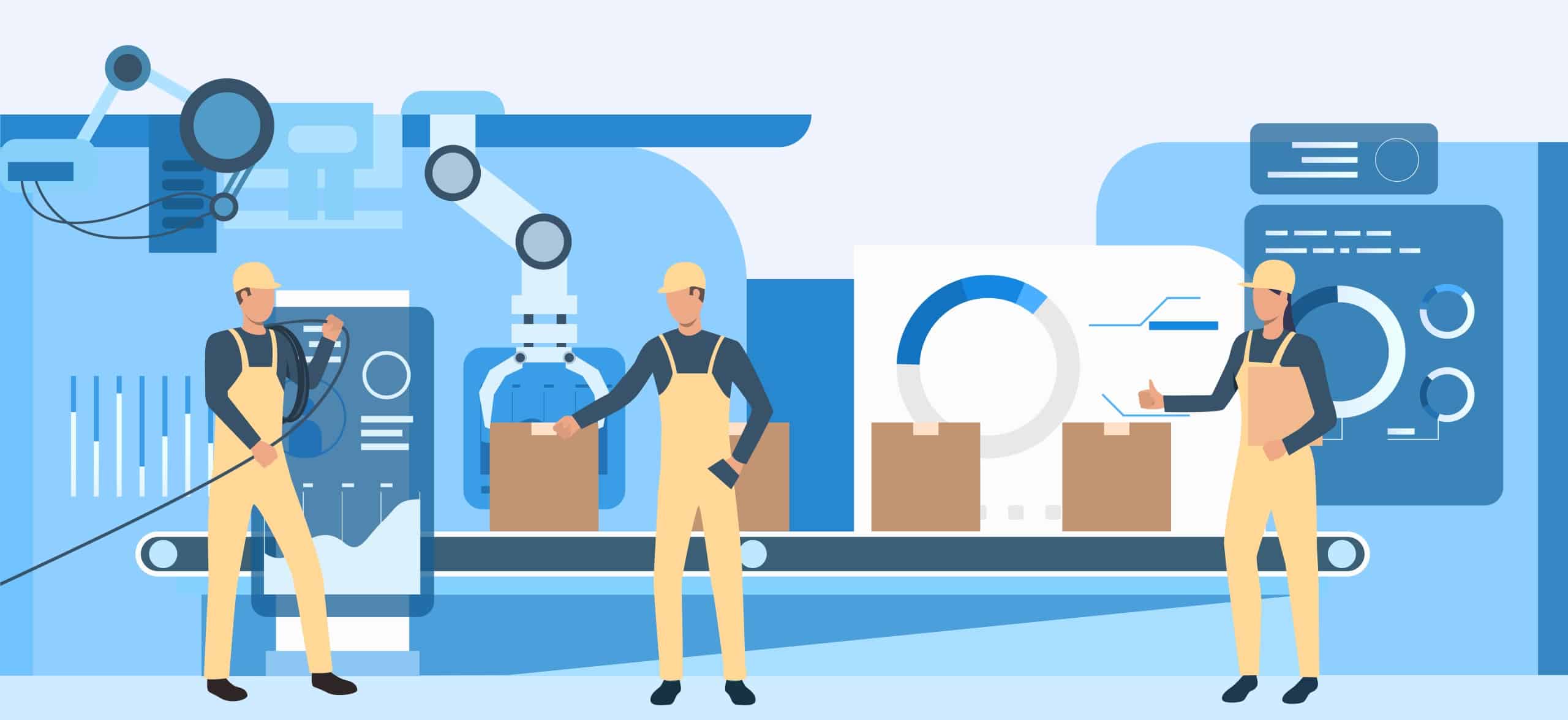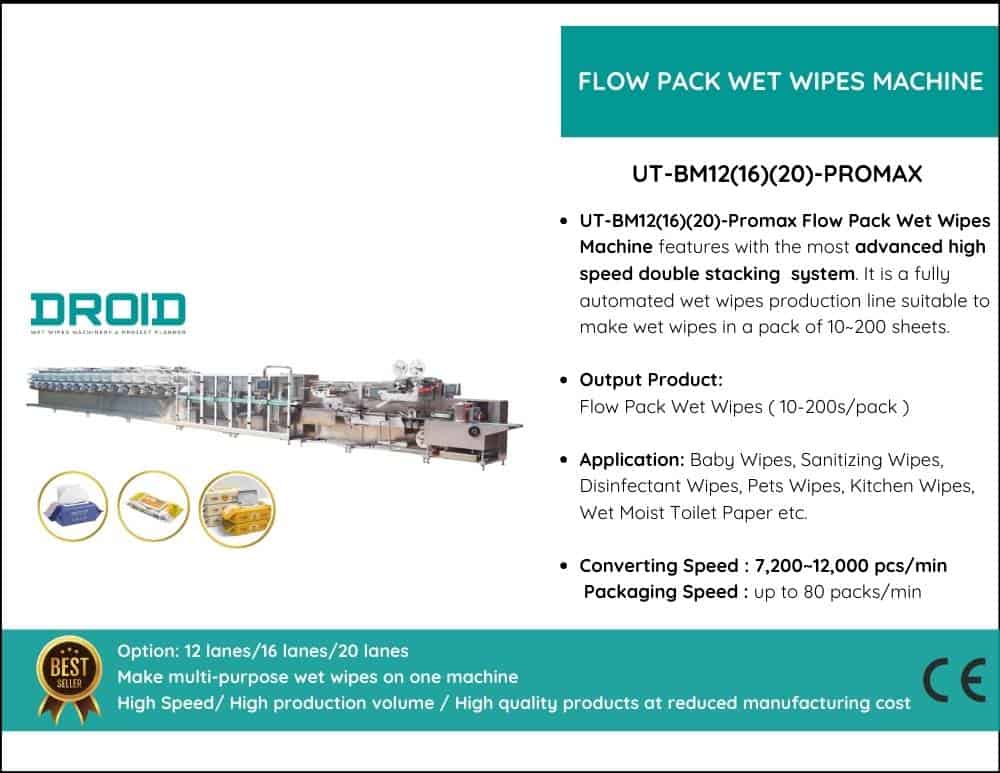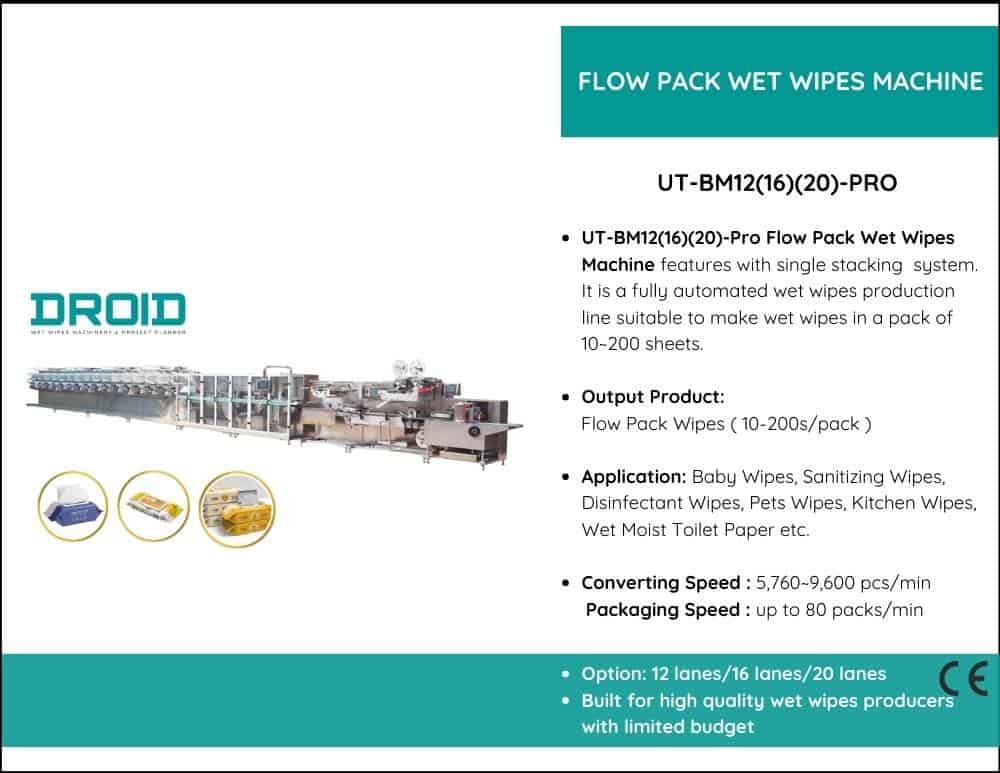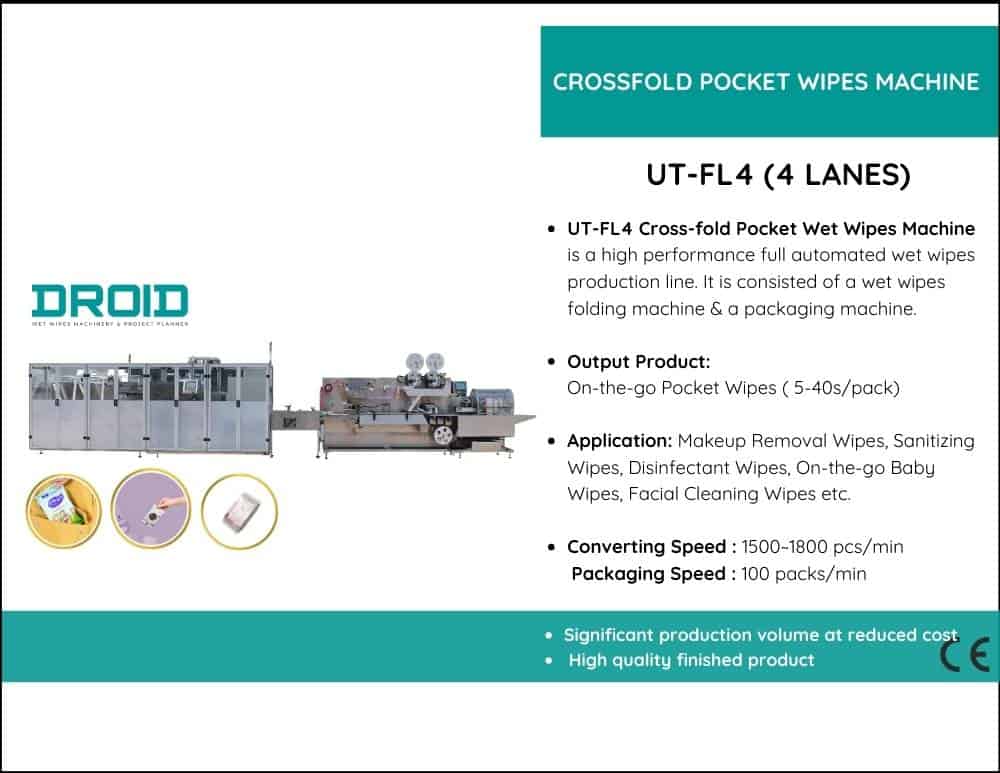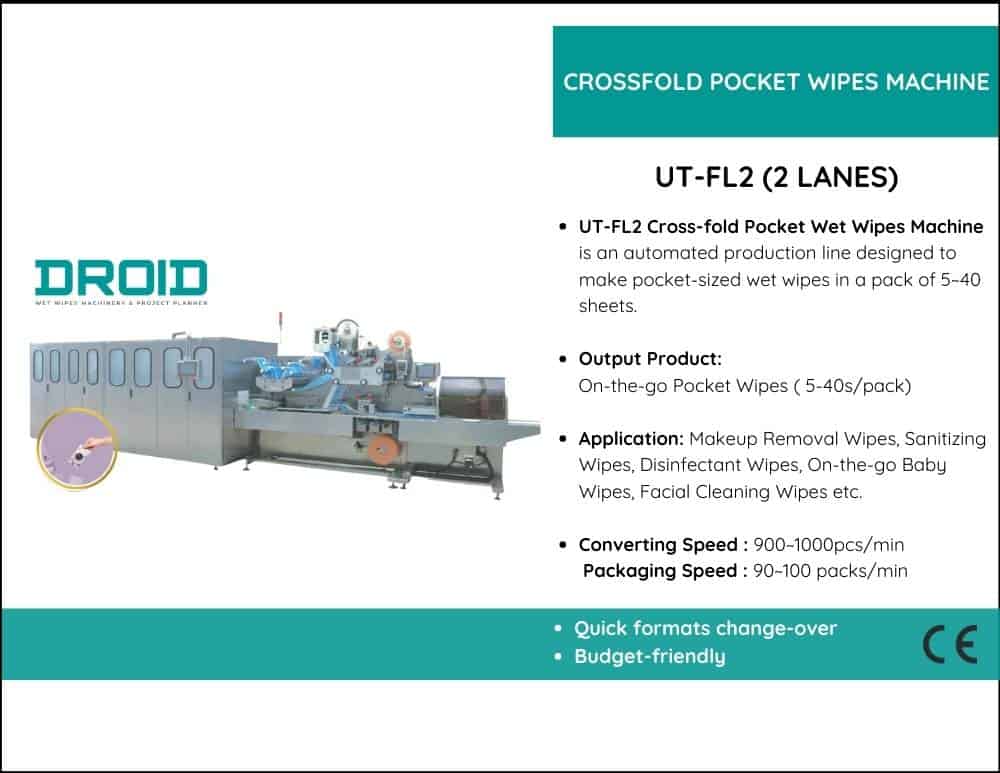Technology breakthroughs, environmental measures, and changing customer tastes will all have an impact on personalized branding in the wet wipes sector going forward. Wet wipes manufacturers are increasingly using creative branding strategies to set their goods apart from the competition and establish stronger bonds with their target markets as competition heats up and customer expectations rise. These patterns point to a revolutionary age in which branding serves as a vehicle for narrative, interaction, and value alignment in addition to being a tool for identification.
The emergence of smart packaging is one of the most intriguing themes of the future. Brands will be able to provide interactive and customized experiences by incorporating technology like Near Field Communication (NFC), Radio Frequency Identification (RFID), and QR codes into packaging. Additional material, including product lessons, sustainability reports, or marketing campaigns, may be accessed by consumers via their phones. Useful advice, customer reviews, or even augmented reality (AR) experiences that make the brand come to life might be included for wet wipes. In addition to improving the user experience, smart packaging gives firms useful information about customer behavior that they can use to improve their marketing tactics.
As customers continue to seek more ecologically friendly goods, sustainability in branding will continue to gain traction. Water-based adhesives, recyclable materials, and biodegradable inks will be used more and more in branding initiatives in the future. There will be a rise in minimalist designs that highlight sustainability with visual clues like earthy hues and organic textures. Additionally, by removing the trash connected with conventional branding techniques, advancements in digital printing and laser etching will lessen their impact on the environment. Wet wipes manufacturers of wet wipes will reinforce their dedication to the environment by using these sustainable branding strategies to appeal to environmentally sensitive customers.
Another trend that will alter personalized branding is hyper-personalization. Artificial intelligence (AI) and machine learning developments will enable producers to design highly customized packaging for certain groups of people, events, or even individual customers. AI-powered systems, for example, might examine customer data and buying patterns to create limited-edition packaging that complements holidays, cultural festivals, or specialized hobbies. Brands may establish emotional ties with consumers by using personalized names, messaging, or package artwork to promote repeat business and customer loyalty.
As wet wipes manufacturers experiment with eye-catching designs, it is anticipated that the usage of holographic and 3D effects in branding will increase. These techniques may make wet wipes packaging stand out on store shelves by giving it depth, movement, and a luxurious feel. Even mid-tier firms will be able to use these high-impact features as the technology gets more affordable, which will further improve their branding initiatives. Holographic components are perfect for reaching millennial and Gen Z markets since they also appeal to younger, trend-conscious customers.
The use of virtual reality (VR) and augmented reality (AR) in branding will increase. Packaging that is AR-enabled may provide immersive experiences that draw customers in beyond the actual product, such as interactive storytelling or virtual demonstrations. A 3D animation emphasizing the brand’s commitment to providing delicate care for sensitive skin, for instance, may be shown when a box of baby wipes is scanned. By immersing customers in the production process or the natural sources of materials, virtual reality (VR) might be used in marketing efforts to increase transparency and confidence.
The emphasis on inclusive and culturally appropriate branding is another new trend. Custom branding will take into account local tastes, cultural icons, and a range of customer demands when companies enter international markets. This might include using regional dialects, culturally influenced designs, or iconography that speaks to certain populations. Such culturally relevant branding may demonstrate a brand’s dedication to inclusion and assist in establishing relationships with new consumer groups for wet wipes aimed at global markets.
Additionally, the use of modular design components in branding is becoming more popular. By using this method, producers may produce packaging that is readily adaptable to other product lines, markets, or marketing campaigns by simply changing out some design elements while keeping the brand identity intact. A brand can, for instance, use the same basic layout but alter the color palette, positioning of the logo, or slogan for various geographies or product types. Rapid adaptations to market trends or customer input are made possible by the flexibility and cost-effectiveness of modular branding.
Finally, a key component of the next trends will be data-driven branding. Brands may learn more about customer preferences, buying trends, and local desires by using sophisticated analytics technologies. To make sure that every design appeals to its target market, this data may help guide branding choices about color schemes, packaging, and promotional language. To increase consumer loyalty, wet wipes makers must provide branding that is current, relevant, and personal.
The capacity of personalized branding to change with technology, customer preferences, and market conditions is key to its future in the wet wipes sector. Wet wipes manufacturers may develop branding that not only draws attention but also builds deep relationships with customers by adopting trends like smart packaging, sustainability, hyper-personalization, and cultural inclusion. These developments will guarantee that wet wipes stay popular and relevant in an industry that is evolving quickly and is very competitive.




